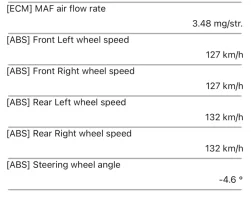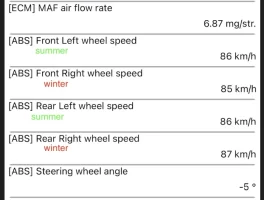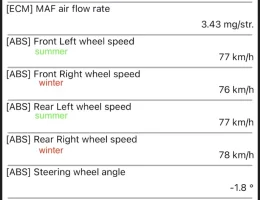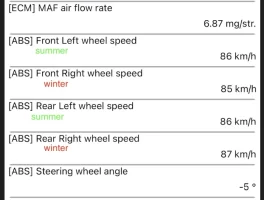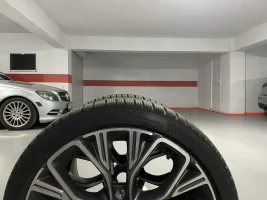rtv900
Active Member
- Joined
- Sep 11, 2021
- Messages
- 307
- Reaction score
- 112
- Points
- 43
it would be possible to get it to kick in with the winters on if I shifted, and then hammered the throttle.
But that's a pretty significant different being
a) a manual
b) supercharged so boost is essentially instantaneous
c) it wouldn't actually spin them anyway, but yes the TC 'could' be tricked by the soft tread rubber flex
Even paddle shifting in the stinger if you stomped the gas and downshifted to spike the rpm's it still puts that power down WAY softer going through a torque converter and all
I think you already know this and I know it doesn't solve the problem, but I'm pretty sure you have some sort of a TC malfunction going on
I mean my stinger is the 3.3 and I have narrow winters on it now and absolutely never get TC issues.
But that's a pretty significant different being
a) a manual
b) supercharged so boost is essentially instantaneous
c) it wouldn't actually spin them anyway, but yes the TC 'could' be tricked by the soft tread rubber flex
Even paddle shifting in the stinger if you stomped the gas and downshifted to spike the rpm's it still puts that power down WAY softer going through a torque converter and all
I think you already know this and I know it doesn't solve the problem, but I'm pretty sure you have some sort of a TC malfunction going on
I mean my stinger is the 3.3 and I have narrow winters on it now and absolutely never get TC issues.


